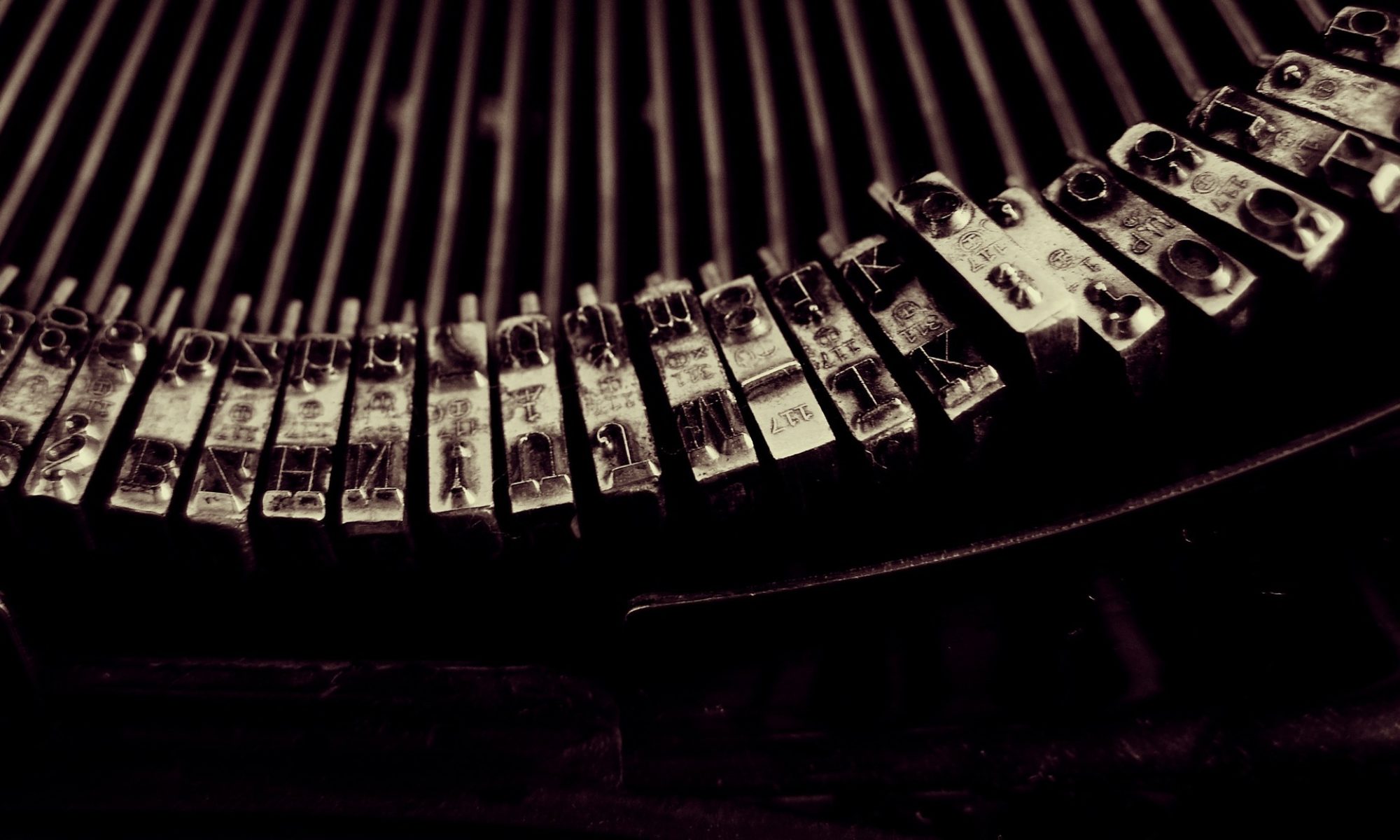
He playwrights! As we approach the end of our first week we are going to move into scene-writing. So what exactly is a scene? It’s basically a mini-play. It has all of the components–setting and character description, stage direction, and dialogue–but there are no location changes or jumps in time; in a scene, setting is fixed and time is continuous. Dialogue is generally the heart of a scene, but we can’t just jump into it unprepared. Ten pages later we may have no idea where the scene is going, though our characters are still chatting away. No, we need a plan.
Day 5 – Describe a Scenario: As the foundation for a short scene, put together a basic scenario—a narrative description of everything that happens in the scene from lights up to lights down. Focus the scene on a conflict that arises between the two characters you’ve created. Adapted from The Playwright’s Handbook, by Frank Pike and Thomas G. Dunn (Revised Edition, 1996).
Every scene should be driven by a conflict, no matter how great or small. Sketching out the scene allows you to figure that all out. What do your characters want? Why do they want it? What stands in their way? What are they going to do about it?
Remember, this is where we put together everything we’ve learned so far. Take this advice from the authors of The Playwright’s Handbook:
“When working through the scenario for this scene, use all the resources you have at your disposal. Go back to the groundwork you laid in the previous steps of the workshop to find tactics and obstacles. For example, setting: Is there a door to slam? A Tequila Sunrise to throw in his face? Or language: Would he shout to get his way? Or be silent? Or whine? Or swear? Or physical activities: Would he rip up the only copy of her manuscript? Would she just go on playing the guitar and ignore him? Or the personality profile/life history of the character: Would he lie through his teeth? Would she bring up something he’d done in the past?”
Have fun writers! Tomorrow we work on completing the scene with some dialogue.
